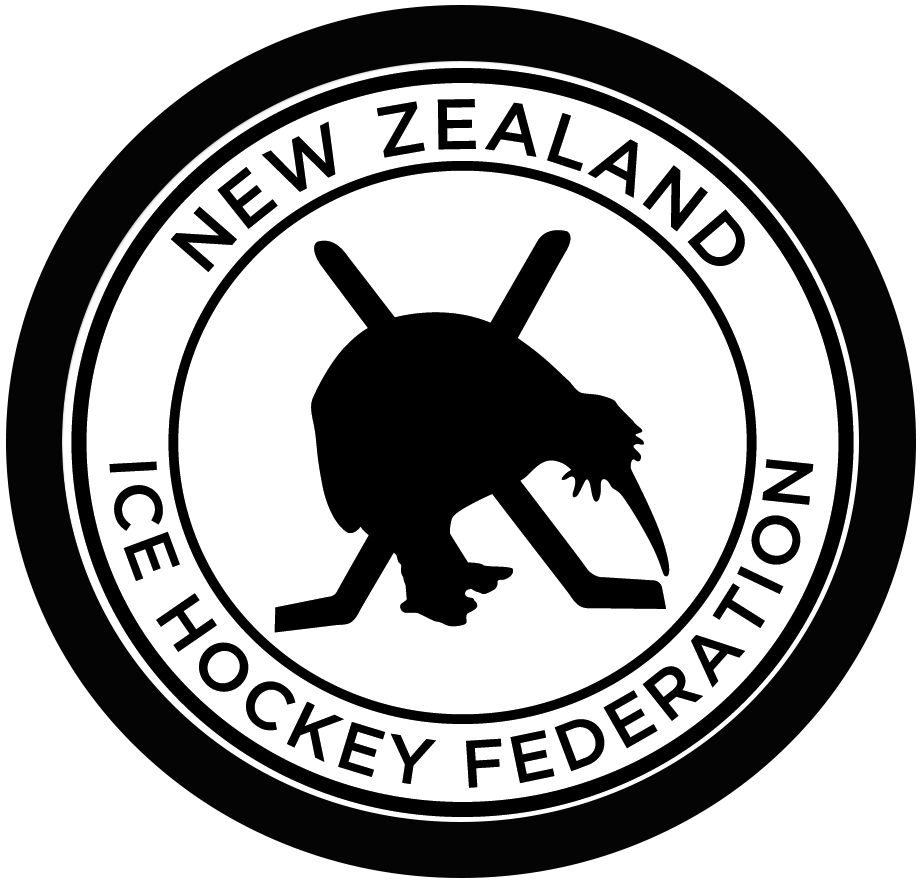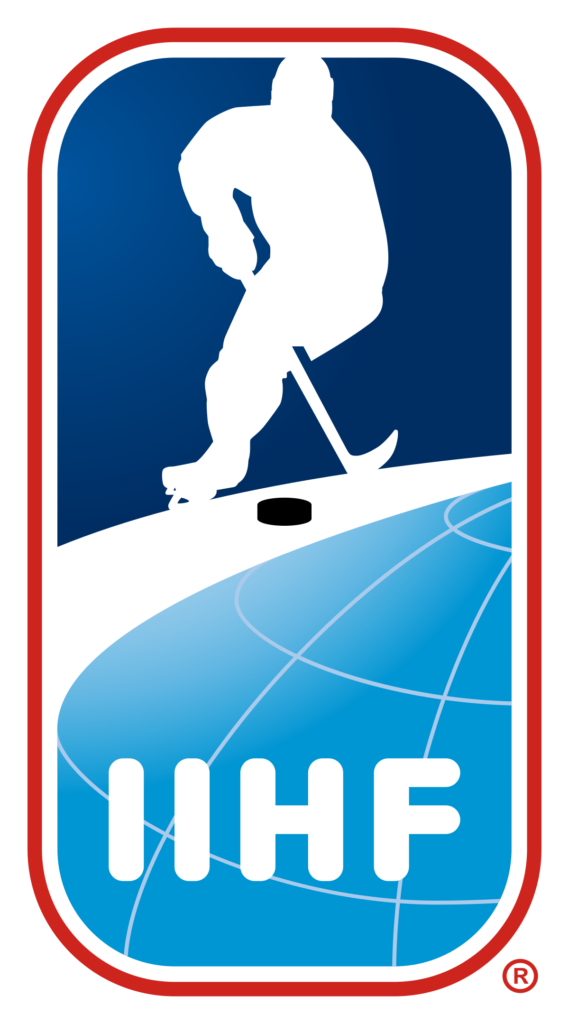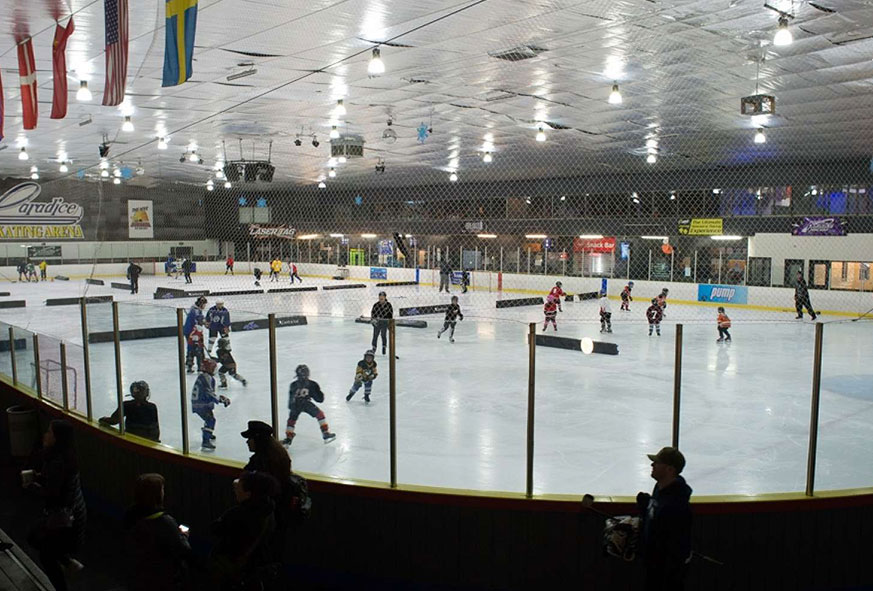The NZIHF follows the Sport New Zealand and the Ministry of Health guidance during Alert 2. More specific information on this can be found at:
- https://sportnz.org.nz/resources/play-active-recreation-and-sport-at-alert-level-2
- https://www.health.govt.nz/our-work/diseases-and-conditions/covid-19-novel-coronavirus
We ask that all ice hockey clubs and facilities refer to these guidelines to adapt your in-facility Health and Safety plans During Alert 2. For each of us as players, whanau, coaches, and officials, it is vital that we read and follow these guidelines.
For participation in ice hockey to be safe in Alert Level 2, there are key areas to address:
- Maximum size of groups present in an indoor facility is 50 people
- 2 Meter Safe-Distancing Requirement
- Wearing a Mask
- Contract Tracing and Mandatory Record Keeping
- Stay Home if You are Unwell
- Cleaning and hygiene
1) Maximum size of groups indoors is 50 people as a single group:
This will have an impact on usual practice within rinks. This cap includes spectators, but not officials, and different people cannot come and go. In combination with the need for safe distancing and other mitigation strategies, this will be a challenge to our indoor facilities. Entrance/exit procedures, changing room use, contactless payment methods, and on/off ice practice, spectator locations, gear distribution, changing room use, and other areas will all be affected. Please refer to the Sport New Zealand link above for more specifics.
2) Safe Distancing Requirements:
2 meters apart, at all times, when off the ice. When on ice, keep safe distancing in all static situations such as explaining drills or lining up. In games, one player in the penalty box at a time. If a second player is penalised, they are to serve it elsewhere. The logistics of meeting this requirement will require clubs and facilities to work through many aspects of their operations — entrance/exits, traffic, changing room use, on-off ice procedures and others, in conjunction with efforts to ensure the 50 person maximum requirement in Alert 2.
3) Wear a mask:
This is the most effective way to stop COVID transmission. Masks should be worn on entering and while you are in the facility. Masks can be removed when on the ice, but should be worn again when in the changing room afterwards.
4) Contact Tracing and Mandatory Record Keeping:
The New Zealand COVID Tracer App should be used wherever possible. If this cannot be done, then a privacy-safe sign-in log should be kept, complying with cleaning and hygiene guidance from the Ministry of Health.
5) Stay home if you are unwell:
Get tested for COVID 19 – Don’t put others at risk
6) Cleaning and hygiene:
- Wash and dry your hands – entering facility, and after playing
- Cough or sneeze into your elbow. If you are unwell, you should be at home
- Minimise sharing of equipment
- Each player uses only their own water bottle, no sharing
- Common sense behaviours – avoid shaking hands, and other things that would breach current COVID guidelines
- Regular cleaning of facilities in accordance with Alert 2 Ministry of Health guidelines
The challenge to establish a safe means to facilitate ice hockey play under Alert 2 requirements is immense. It requires planning, extra work, and the willing adherence to these requirements by everyone in our community. Fundamentally, the move Alert 2 is an immensely positive development, and in the spirit of this we encourage everyone in our community to do their part. Simply put, for players, coaches, officials, spectators and whanau, be patient and follow the Alert 2 procedures set by your club and/or facility. Show leadership in this where you can. Clubs and facilities will do their best to establish a safe, clearly communicated way to continue to play ice hockey. Please talk to your local NZIHF Management Committee Representative to see how the NZIHF can help.
Looking forward, we will see what national programmes we might be able to implement. With the National body looking after all interregional hockey, we should be able to make sure each region is maintaining the Government guidance. It must be noted that no interregional hockey should be undertaken unless specifically sanctioned by the NZIHF.
We extend all of our thanks to everyone in our ice hockey community for their hard work and good will in these difficult times. To friends in Auckland, we look forward to seeing you out of lockdown, and back at the rink.








